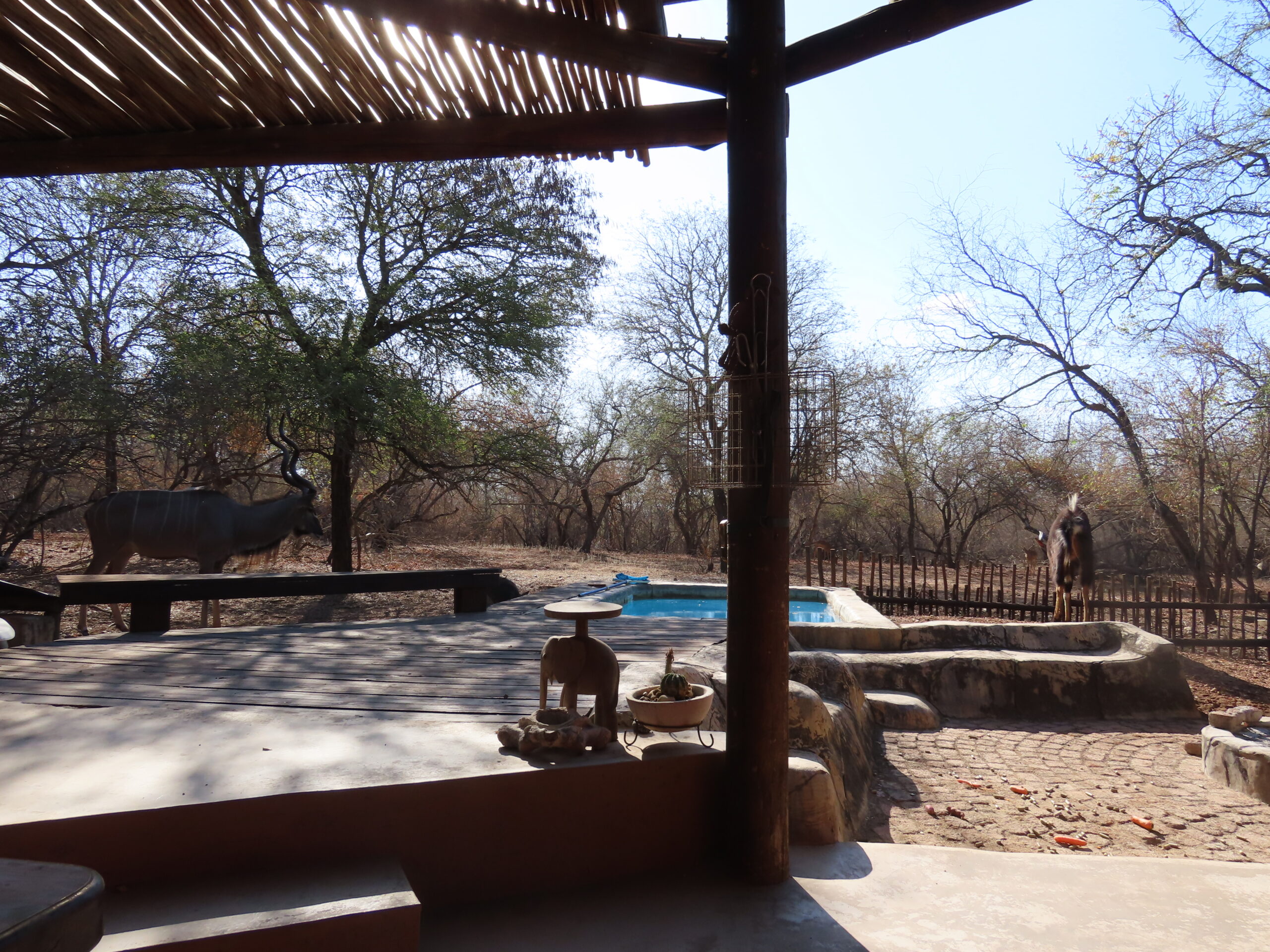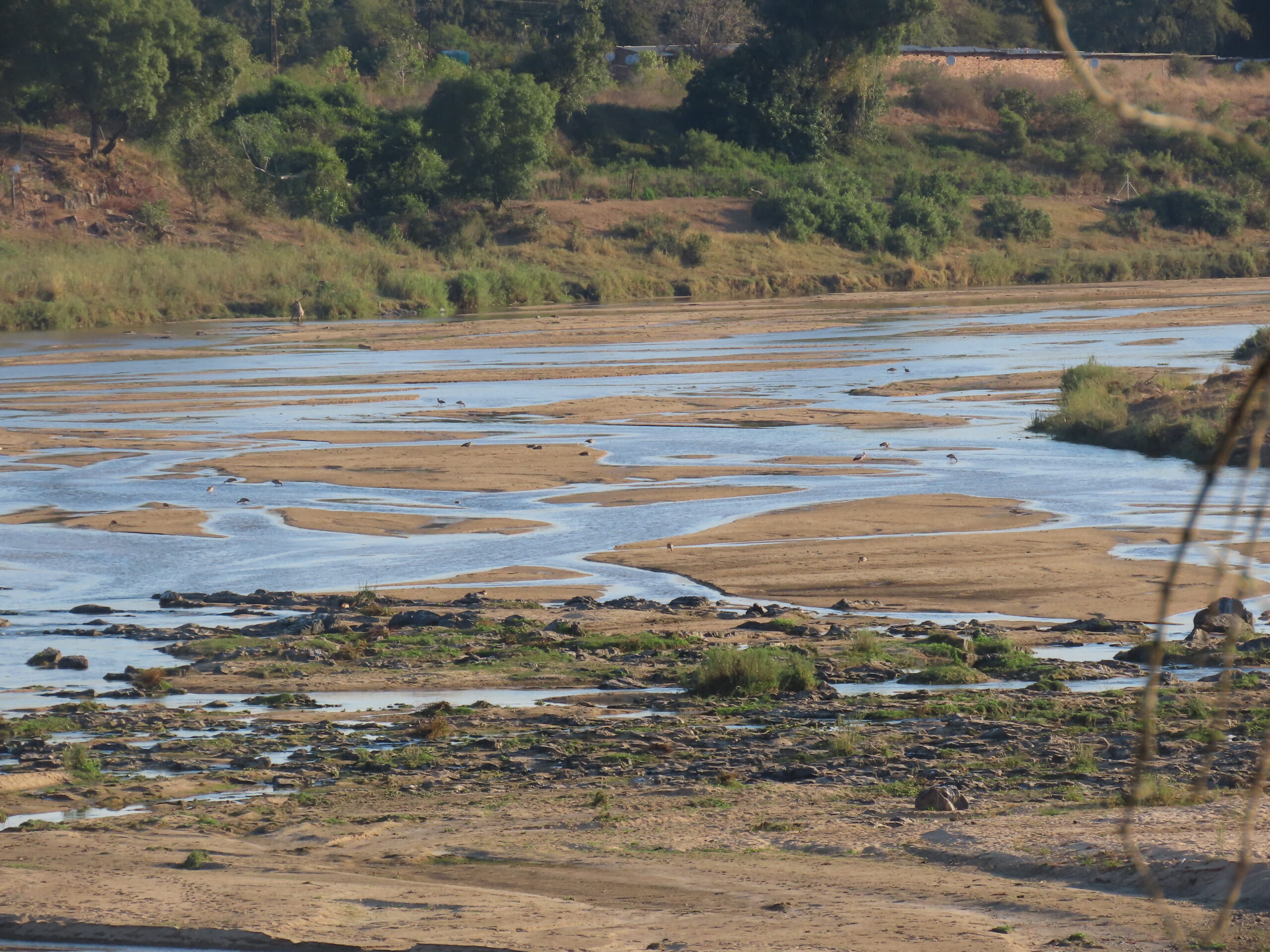
Yesterday afternoon, we chatted with friends Linda and Ken. It was Linda’s birthday, and we hadn’t communicated for a few months after having houseguests for almost two months, out of three, here in the bush. For our remaining nearly two months in Marloth Park, until we depart for Spain on September 14.
As we discussed our mutual travel plans for September and October, we discovered that the four of us will be in Barcelona at the same time in October, when they’ll have a port of call during their upcoming cruise, and while we are waiting to board our first of four cruises at the end of October, sailing from Barcelona. How ironic.
In the last almost 13 years of world travel, we met up with Linda and Ken, by coincidence, in the following locations:
- 2017: Sydney, Australia
- 2019: Wales, UK
- 2025: Barcelona, Spain
We were thrilled to know that we’ll be seeing these dear friends, if only for a part of the day, once again in yet another location in the world.







